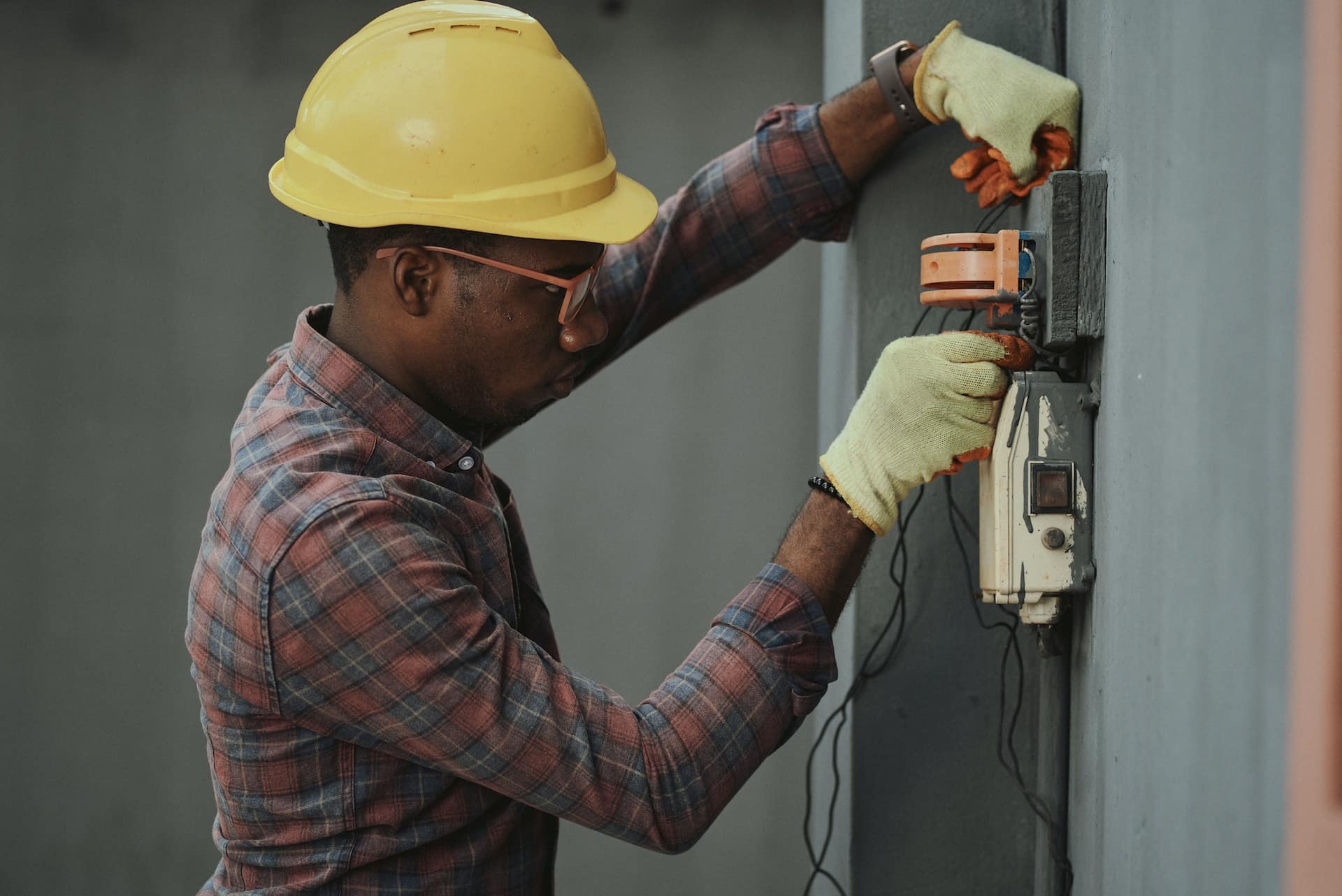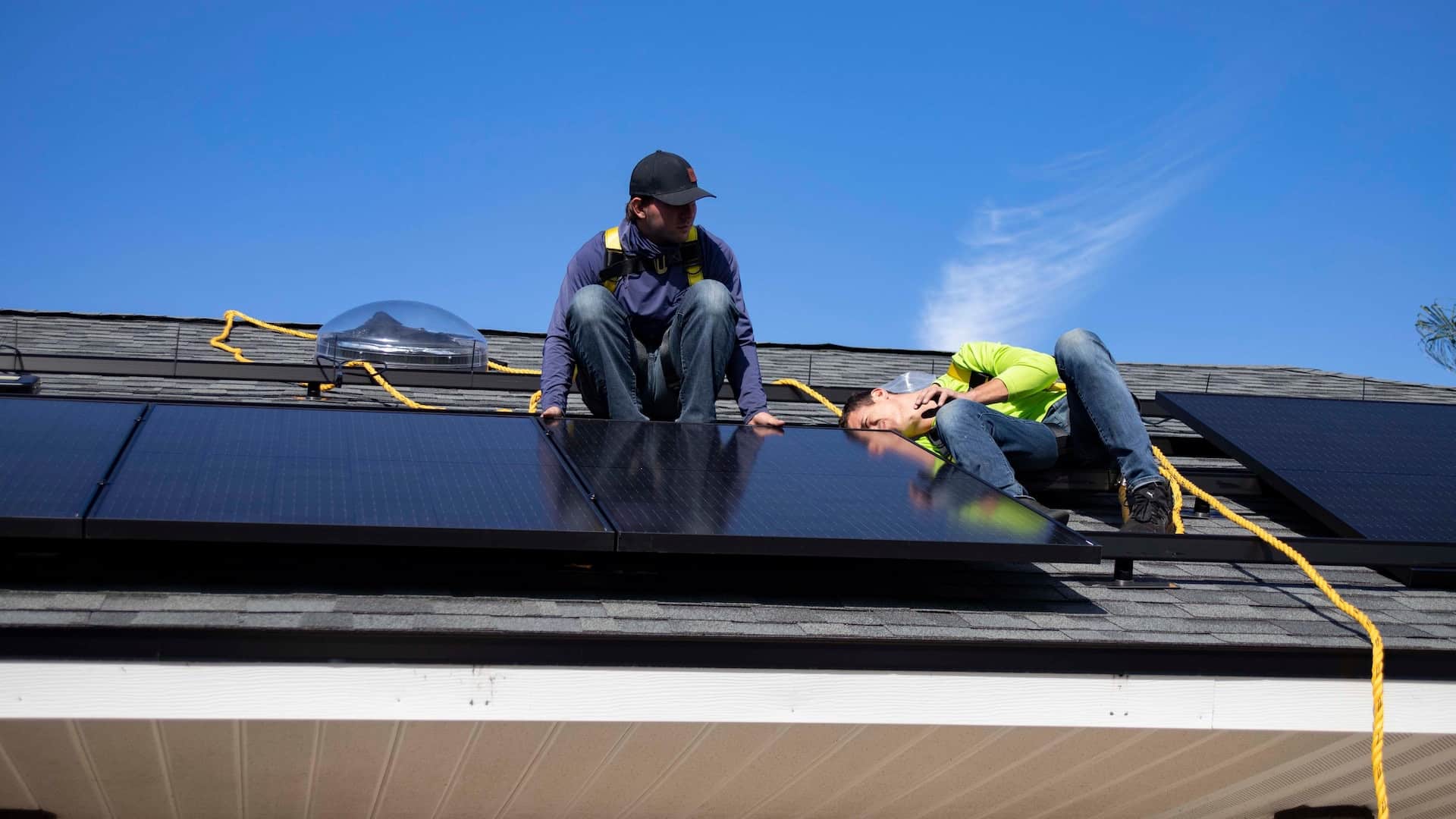When it comes to protecting your home’s electrical system from costly power surges, whole-house surge protection is a must. Power surges can cause significant damage to sensitive electronics and appliances, as well as spark fires in the worst cases. This guide will cover all of the information you need about this type of surge protection. Including its pros and cons so that you can choose what best suits your needs when safeguarding against electric storms or other dangerous voltage fluctuations.
Short Summary
- Whole-house surge protection offers comprehensive protection for electrical systems and appliances, potentially saving on costly repairs.
- Layering whole-house surge protectors with traditional power strips provides optimal safety against various types of power surges.
- Regular inspections and consideration for replacement are key to maintaining the investment in whole-house surge protection.
Understanding Surge Protection: The Basics

A major power surge can cause a great deal of harm when impacting electronic devices like TVs or computers due to lightning strikes, failures in the grid system, or wiring errors. As such, manufacturers have created various types of surge protectors that are designed with this risk in mind.
A “surge protector” refers to an item that defends against spikes from above-normal voltage levels by shorting out any additional charge coming into your home’s electric system while preserving safe current flow at all times for delicate electronics and traditional appliances alike! It is highly recommended for anyone who wishes to ensure their costly items remain unscathed as far away from potential damages inflicted upon them through sudden onslaughts of energy increases known as ‘power surges.’’
What is surge protection?
Surge protection is a method of safeguarding electrical appliances and devices from being damaged by power surges. This could be caused by various factors, so utilizing surge protectors can shield your possessions from expensive replacements or any impairment in their functioning due to these occurrences. Having such a device allows for the assurance that delicate electronics will remain safe during unexpected spikes in voltage.
For example, if there was an instance where lightning sparked havoc causing disastrous consequences on one’s air conditioner. With surge protection it would be possible to avoid this uncomfortable situation while still protecting invested equipment at the same time.
Types of surge protectors
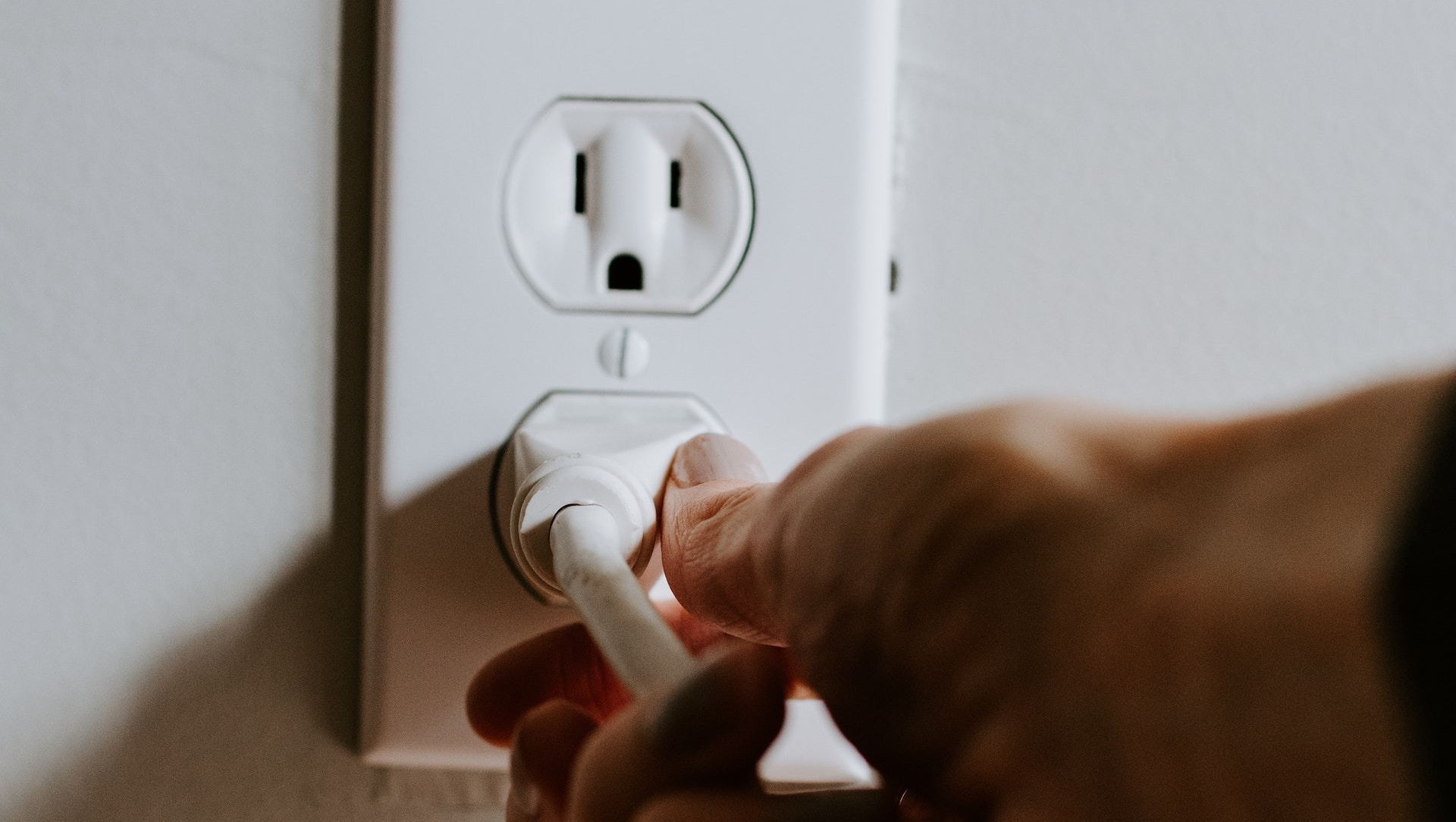
In order to protect your home and devices from electrical power surges, there are two main types of surge protection available: whole-house surge protectors and traditional power strips. Whole house models provide a comprehensive safeguard against external sources like lightning strikes for the entire electrical system. While standard power strips defend individual gadgets in isolation.
Type 1 protector units should be installed at the bottom of an electricity service meter before reaching the primary breaker box, shielding it from potential outside spikes. Type 2 defense mechanisms can either go on a single circuit within the said panel or cover every element included therein depending on need – while with Type 3 wall outlets/power strip reinforcements each device attached is shielded.
It’s recommended that you use this double-layer approach – employing both household shielders as well as outlet varieties – so that no matter what kind of hazard arises, everything connected will remain unharmed throughout.
Whole-House Surge Protectors: How They Work
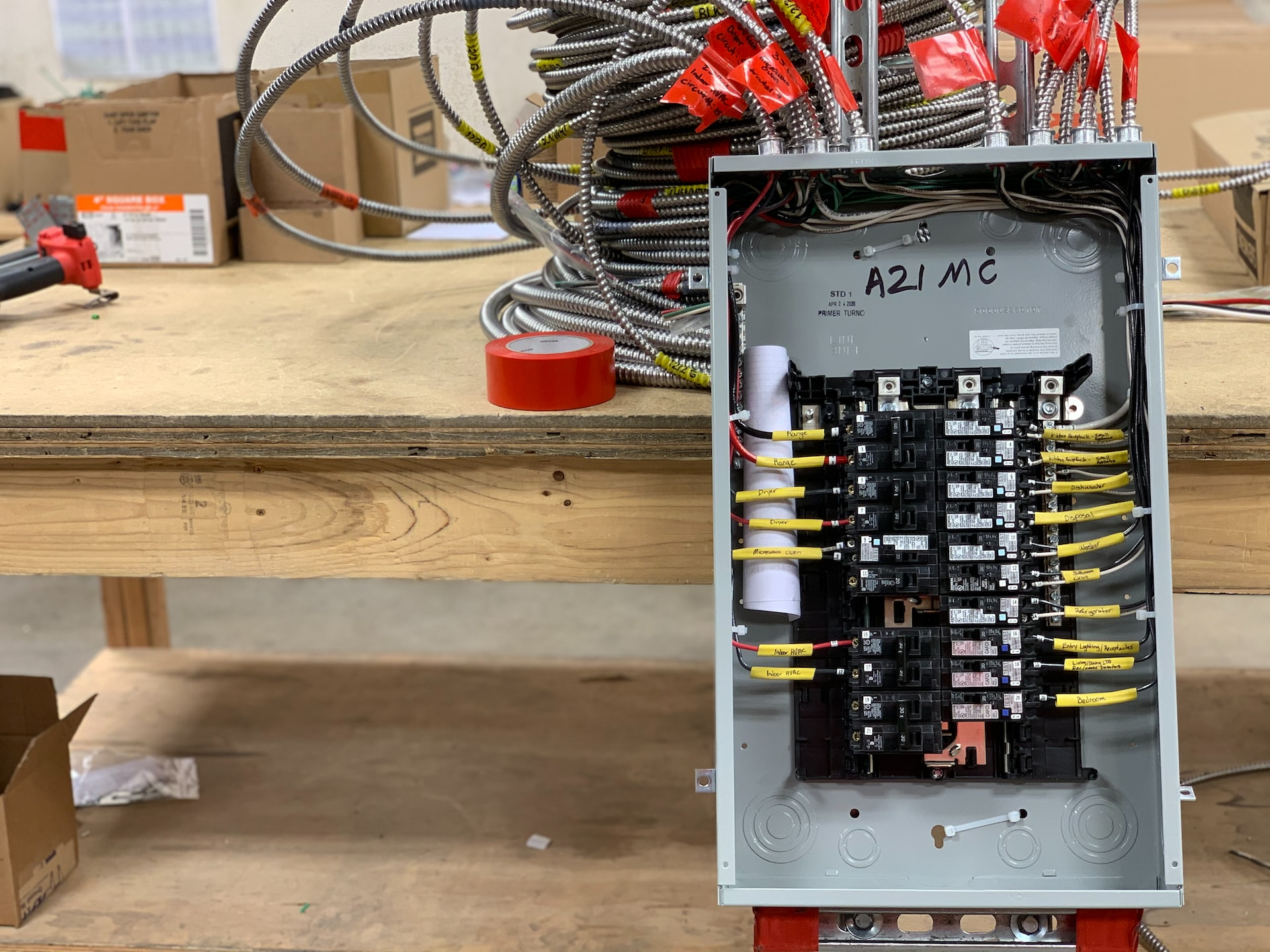
Now that we have looked into the fundamentals of surge protection and all varieties of these protectors, let us explore whole house ones more closely. Such devices reroute any additional current to the ground safeguarding your home’s electrical panel. These can be placed inside or outside depending on their model specifications close to an electrical breaker box in most cases.
We will go into how they are installed as well as what kind of security a home’s entire power system is provided with through such house surge protectors.
Installation process
The installation of whole-house surge protectors requires a licensed electrician to connect them to the main electrical panel. The expenses associated with replacing wiring, if necessary, can go from $600-$2,300 depending on how much work is required. To that cost, having an outlet installed specifically for the protector might add up to another $200 in charges.
Though these costs are hefty upfront investments into making your home safe and secure against power spikes with ‘house surge protection devices, they certainly pay off long-term since electronics remain unharmed by possible surges afterward!
Protecting your home’s electrical system
Whole house surge protectors offer considerable protection against power surges, safeguarding appliances and devices as well as the entire electrical system in a home. Such a safeguard can deflect internal or external electrical shocks up to 40 000 amps – which is substantially larger than an average lightning strike measuring approximately 30 000amps!
Without having this kind of energy-controlling shield installed, the results of such electricity overloads could be very expensive for homeowners who would have to replace their whole electric systems from scratch if not protected properly. House surge protectors work towards protecting inhabitants from any financial losses while also preventing potential fires linked with these volatile energies. Thus, by installing one you are keeping your household safe both financially and physically when it comes to dealing with potentially damaging strikes on its energy infrastructure.
Weighing the Pros and Cons of Whole-House Surge Protection

When deciding whether to invest in a whole-house surge protector, it’s important to consider both the benefits and drawbacks. One of its key advantages is that it offers an extensive defense against power surges but carries with it a hefty price tag initially.
Other than cost considerations, house surge protectors also have many other positive attributes. They are able to safeguard your home from damaging electrical spikes while helping ensure the longevity of appliances around your residence.
Advantages
Whole-house surge protectors offer several advantages for homeowners, including complete security to your electrical system and reassurance that important electronics or appliances will stay safe. By installing a whole house surge protector you can steer clear from expensive damages due to power surges in the long term, saving money overall.
Not only does home surge protection (also known as a whole-house surge protector) bring about relief knowing that your property is secured against damaging influences of energy influxes – but especially when one has costly electronic devices, delicate machines, or hard-wired household items that could all be ruined by these rises in electricity voltage.
Disadvantages
Whole house surge protectors can be more costly than standard power strip surge protectors, yet this primary drawback should not overshadow the long-term advantages these devices provide by protecting your home’s appliances and electronics. Though it is possible for a whole house surge protector to miss some surges if improperly installed or inspected, working with a certified electrician during installation and maintaining routine inspections minimizes that risk. Investing in efficient household surge protection from experts pays off in the end despite the initial higher expenses involved.
Comparing Whole-House Surge Protectors with Traditional Power Strips
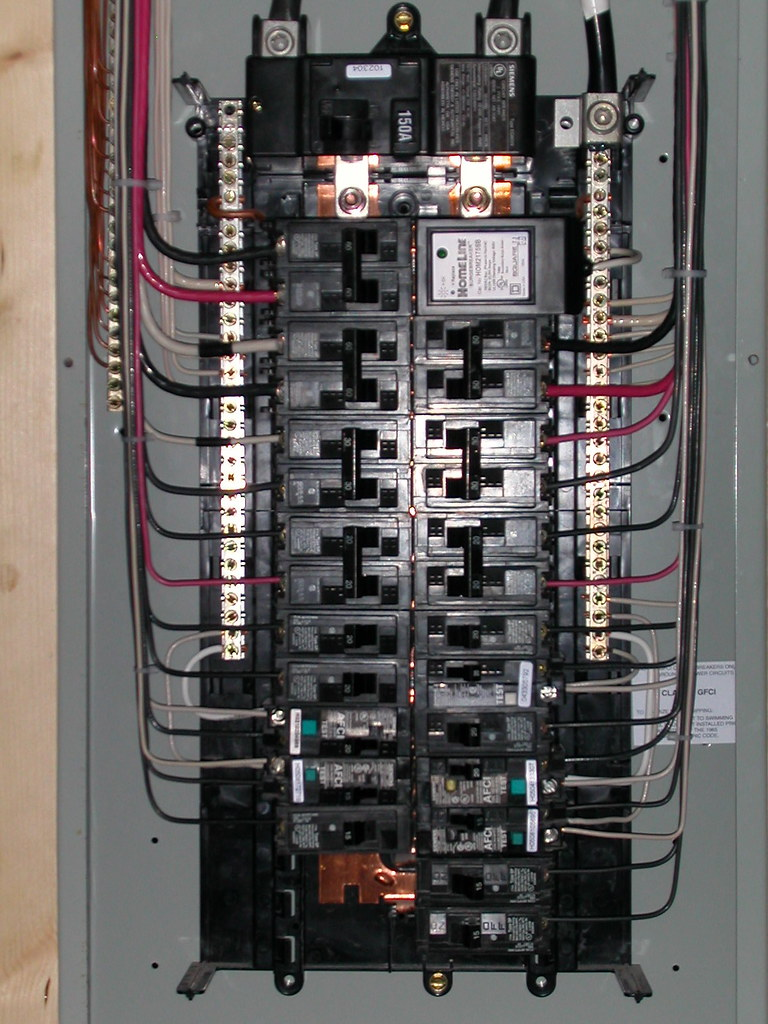
After we’ve covered the advantages and disadvantages of whole house surge protectors, let us contrast them with traditional power strips. Although both forms of surge protection work to protect your electronic devices and appliances from possible voltage fluctuations, their dependability in this respect as well as how much security they provide may differ significantly.
In this segment, we’ll examine the potency of a home-wide protector against varying types of electrical spikes and emphasize layering safety for maximum safeguard.
Effectiveness against various types of power surges
When it comes to providing better protection against power surges, whole house surge protectors are the clear choice over traditional power strips. While they can provide assistance with occasional small spikes in electricity, these strips offer minimal shielding and thus cannot successfully guard against more severe fluctuations of energy. On the other hand, house surge protectors have been designed to handle larger outbursts and cover any electrical system from different sorts of internal or external changes in voltage levels. This is why installing a full home protector gives you peace of mind that your electronics will remain safe when facing such scenarios.
Layering protection for optimal safety
For maximum safety, a sensible approach is to use both whole-house surge protectors and power strip surge protection. This twofold method helps secure your house from dangerous electricity surges by protecting any valuable devices or appliances you have in it.
By implementing complete home surge security with additional strips of power guard for every device or machine involved, one can devise an efficient way to combat electrical outbursts while preserving the condition and life expectancy of all electronic products/appliances inside the household.
Top Whole-House Surge Protector Brands and Models in 2023

Choosing a whole-house surge protector is an essential decision for homeowners. In this guide, we will examine some of the leading brands and models available in 2023 that suit your needs, such as Eaton, Siemens, and Leviton. When selecting one of these products, it’s important to look at how many outlets they offer too. To make sure you get sufficient protection for your home against power surges all year round there are several other factors you must consider besides the number of sockets available when deciding on which model suits you best from our recommended list mentioned above.
Criteria for selection
When choosing a whole-house surge protector, be sure to examine factors such as brand reliability and voltage protection rating along with the compatibility of your home’s electrical wiring. Reading customer ratings, asking advice from electricians, and selecting an established quality manufacturer will ensure you are getting the best guard for your property. It is essential to check out all specifications on the protector so that it works at its full potential offering ultimate safety assurance against surges in electricity supply.
Recommended models
When it comes to whole-house surge protectors, the Eaton CHSPT2ULTRA, Siemens FS140 and Leviton 51120-1 are all highly recommended models. All three offer up to 40,000 amps of protection from power surges and come with an inbuilt alarm system that notifies you when the device needs replacing. The difference between these options is mainly related to their installation process. Each model should be installed by a professional electrician in the OKC metro area.
Selecting one of our suggested home surge protectors will guarantee your electrical system stays safe against sudden spikes in electricity supply whilst also preserving any valuable items connected via this network such as electronics or appliances around your property over a long period of time too!
Tips for Maintaining and Maximizing Your Surge Protection Investment
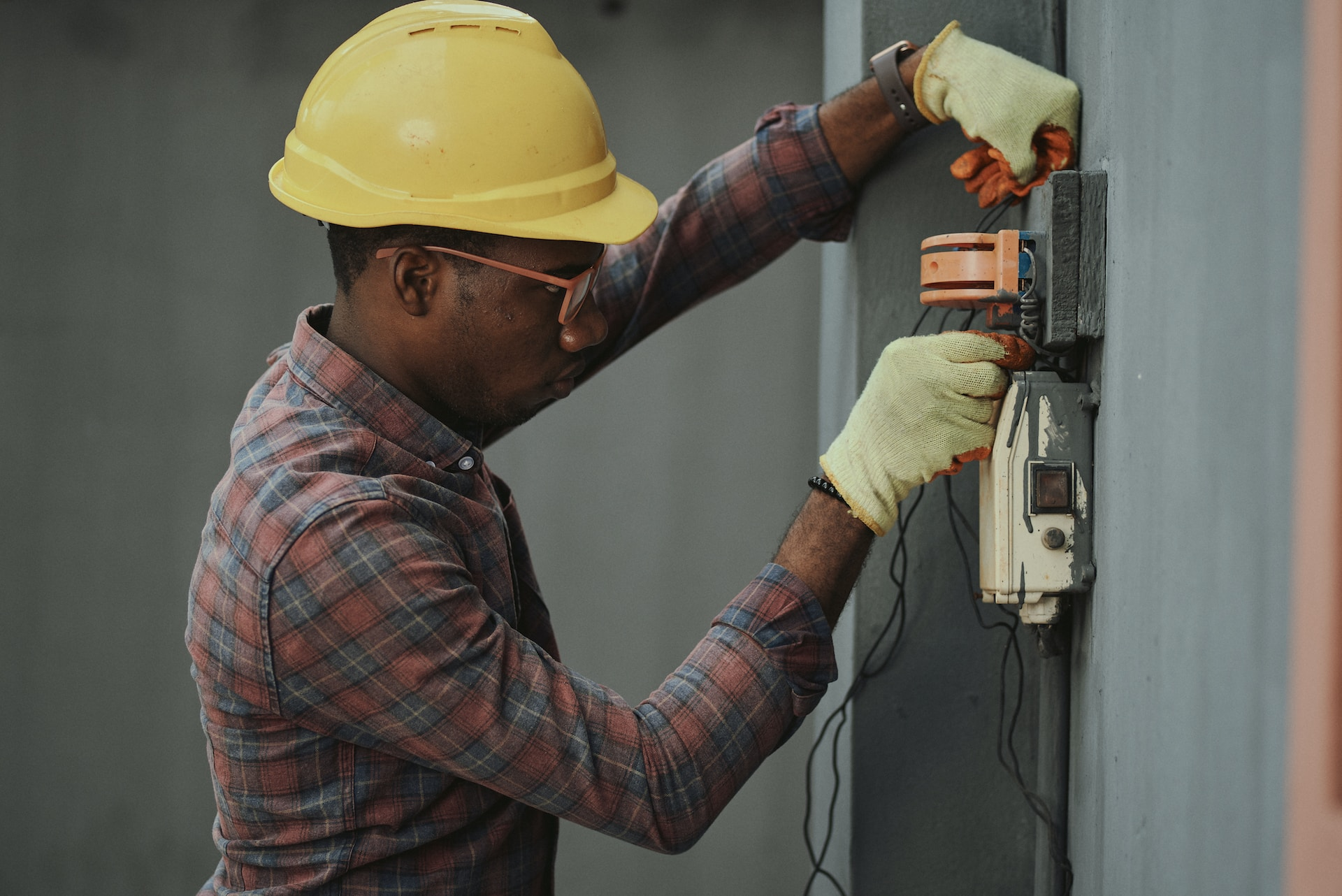
It is essential to look after your surge protectors and get the most from a whole-house surge protection investment. We are offering some pointers for keeping these devices working effectively, such as examining them on an ongoing basis.
Checking that the indicator lights are still operating should be carried out regularly when looking over your house’s surge protection system so you can remain assured of its effective performance in safeguarding against electric surges.
Regular inspections
It is important to examine your whole house surge protector often for signs of damage and make sure it is working correctly. Indications such as lights or buttons can be checked so you know the shield is in good order. Introducing additional safeguards on any newly installed HVAC system should also be done, ensuring that every element of your electrical framework has sufficient protection against power surges. By regularly assessing the home’s voltage suppressor and addressing any arising problems, one could guarantee a secure atmosphere while warding off destruction from electricity spikes to delicate electronics or appliances.
Replacement considerations
It is essential to plan for a replacement of your whole house surge protector every two or three years, since discolouration, corrosion or any physical damage could mean the device has worn out. By replacing it in time, you can maintain and safeguard your electrical system from hazardous power surges. Keeping an eye on the condition of this type of surge protector can save you significant amounts of money in potential damages caused by it.
Summary
If you’re looking to safeguard your valuable electronics and appliances from damaging power surges, then investing in whole house surge protection is a great choice. From understanding how it works, to selecting the right model for your home’s electrical system or maintaining it, there are several steps that should be taken into consideration before installing a quality surge protector. With proper care and attention given to this worthwhile investment, you can rest assured that all devices within your household will remain safe over time. So don’t delay. Take action today by installing an efficient whole-house surge protector!
Frequently Asked Questions
What does surge protection do?
A surge protector is a tool that helps to shield devices from voltage spikes and transients, which are caused by sudden power surges. It works by allowing electricity to flow through the outlet it’s plugged into before being passed on down the line of any connected electronic items, thus helping protect them against damage due to unpredictable current fluctuations.
Do I really need a surge protector?
To secure expensive or essential electronic items, such as laptops, PCs, TVs, phone chargers and medical equipment from possible power surges that can cause permanent damage to them, investing in a surge protector is an absolute must. This device will safeguard these electronics by controlling the voltage spikes thus protecting them against any potential harm.
Are surge protection plans worth it?
Investing in a surge protection plan can be beneficial, as it safeguards your expensive appliances from voltage fluctuations and may even earn you savings on insurance premiums. This long-term expenditure is an advantageous choice because of its potential to protect expensive devices while also helping to lower the costs associated with other services.
What is the difference between lightning protection and surge protection?
Lightning protection systems are implemented externally and serve to divert lightning-induced electricity away from a facility by grounding it. Internally, surge protectors within the distribution boards safeguard equipment from any potential damage resulting from sudden increases in electrical currents (surges). In other words, they absorb these surges before they can cause harm.
What are the main benefits of whole-house surge protection?
Whole house surge protection is a form of security against power surges, which can be quite destructive to electronics and home appliances. It helps in avoiding the costly costs for replacing and repairing damaged goods caused by sudden increases in electricity current within the residence.

